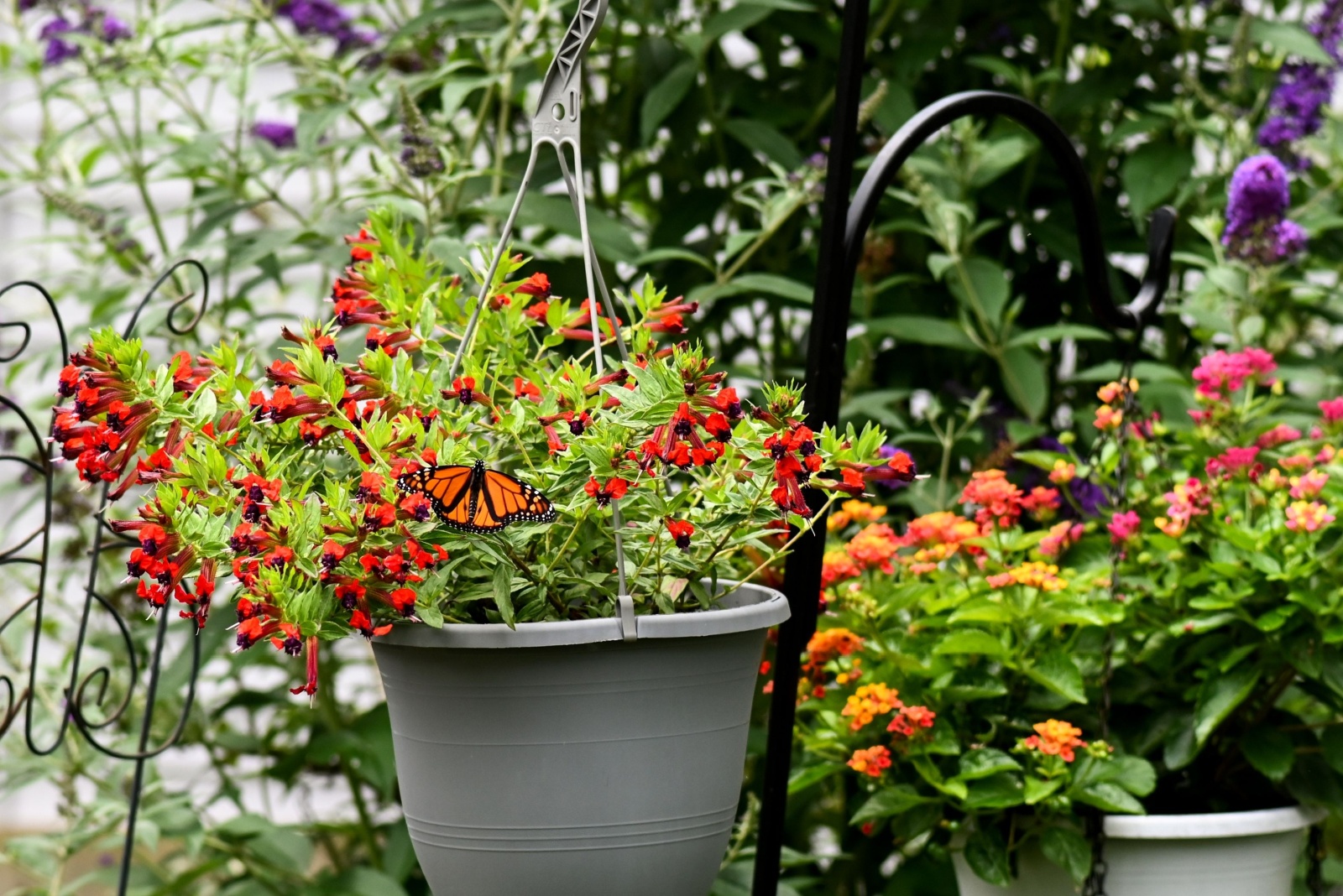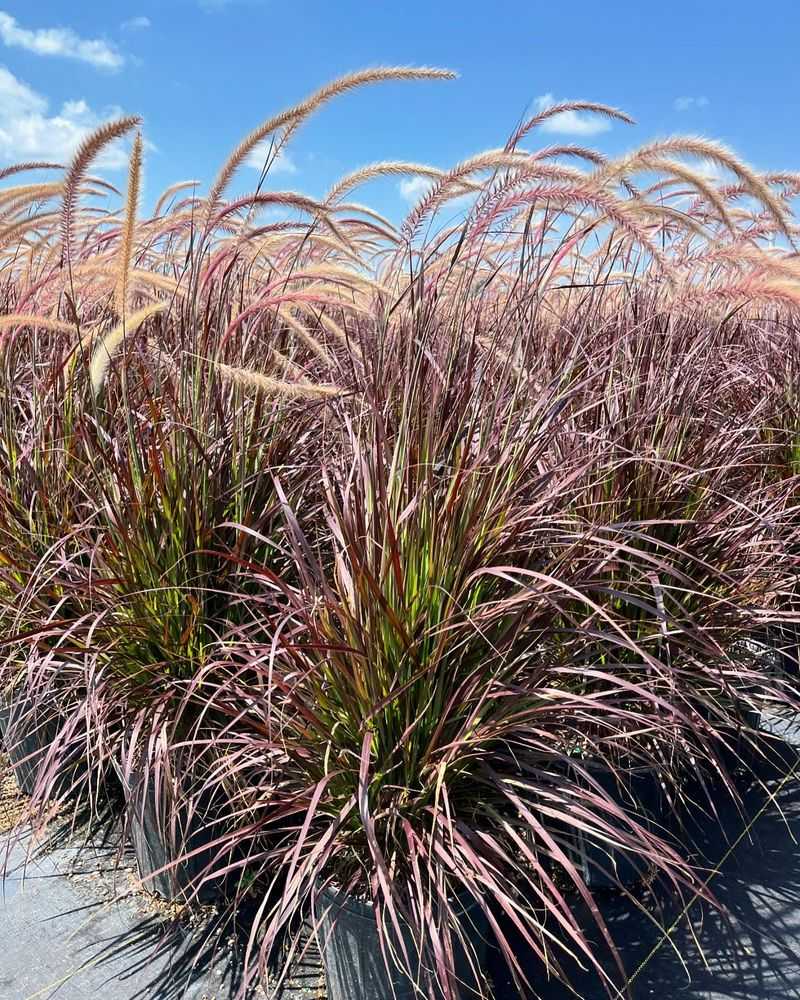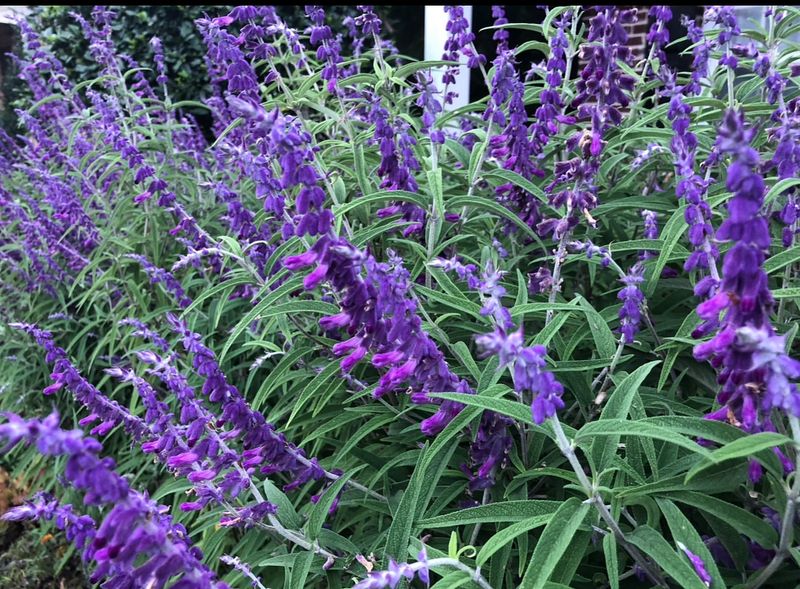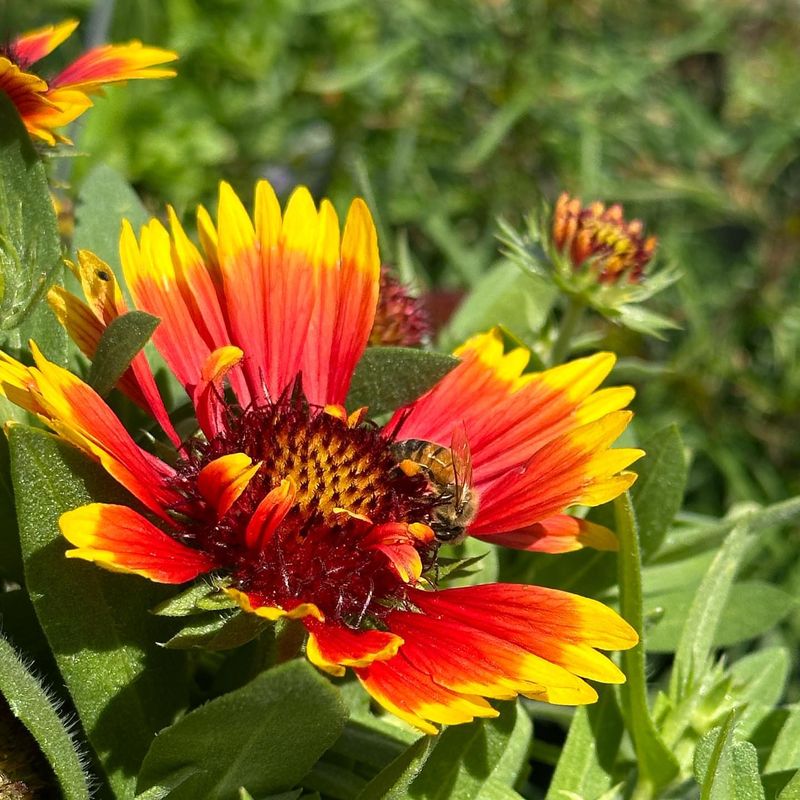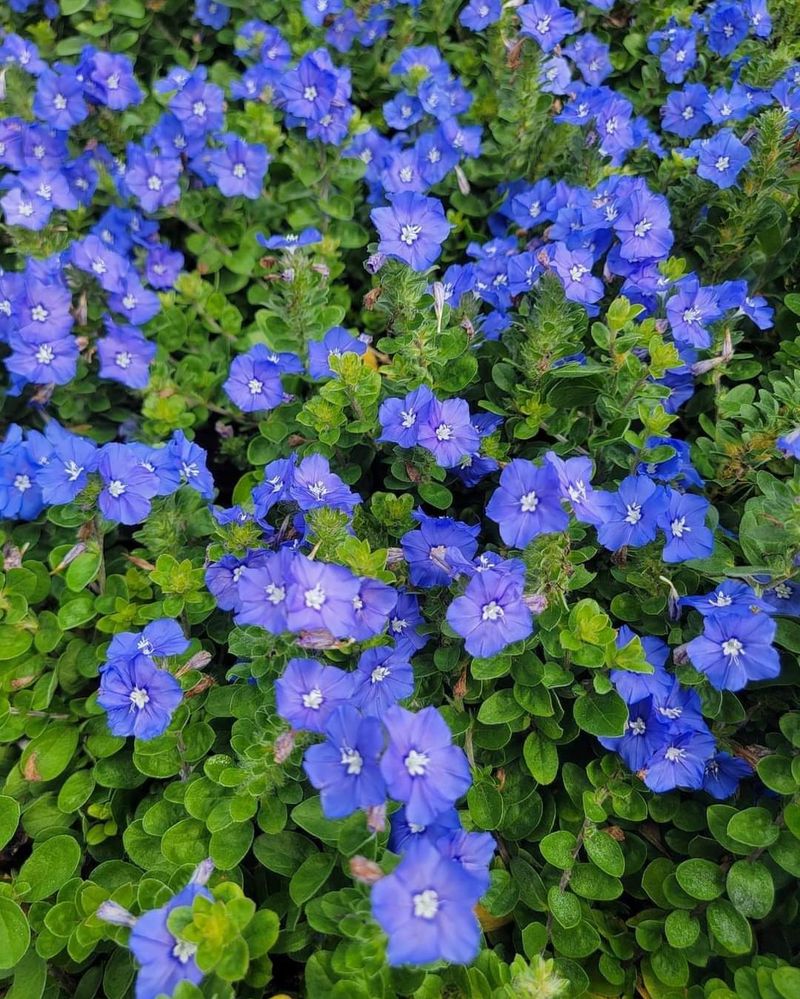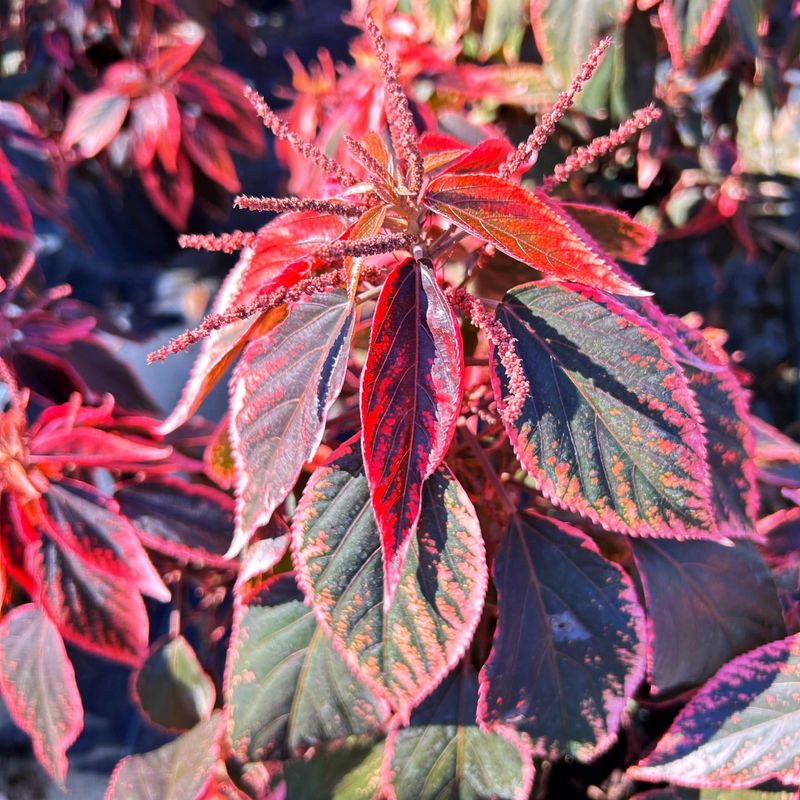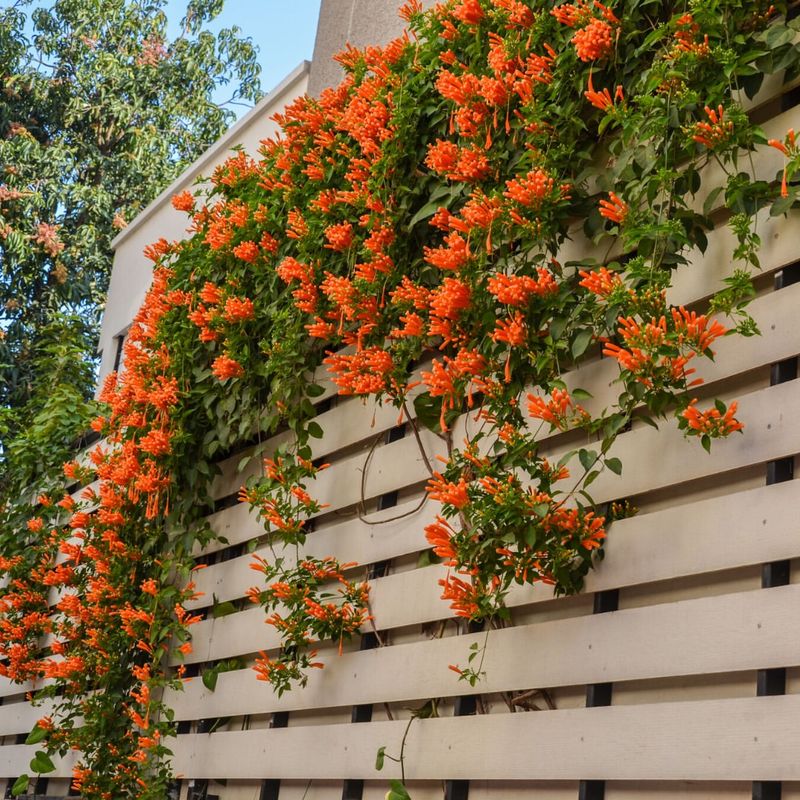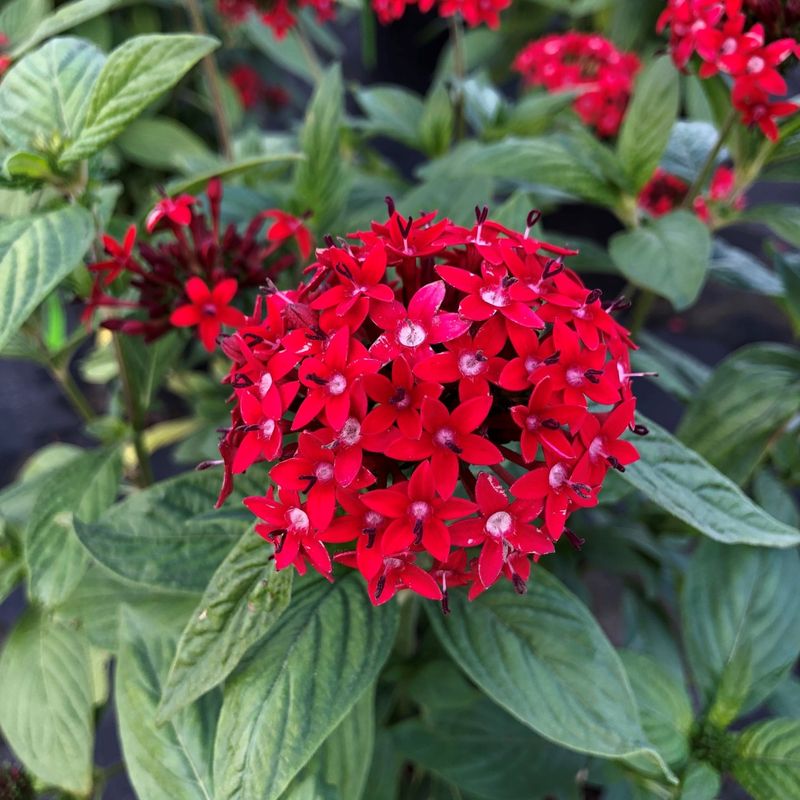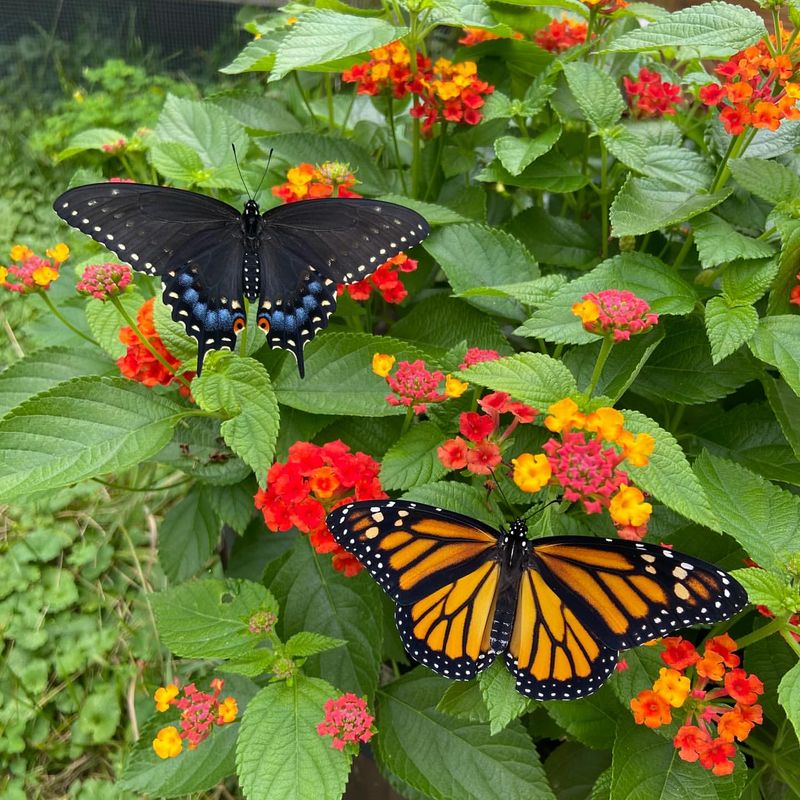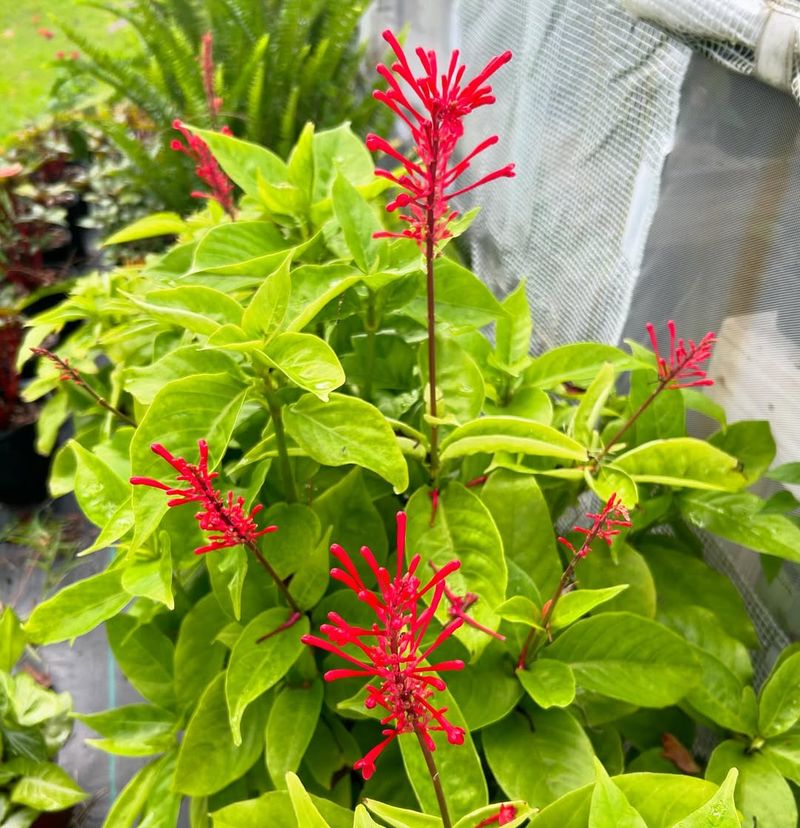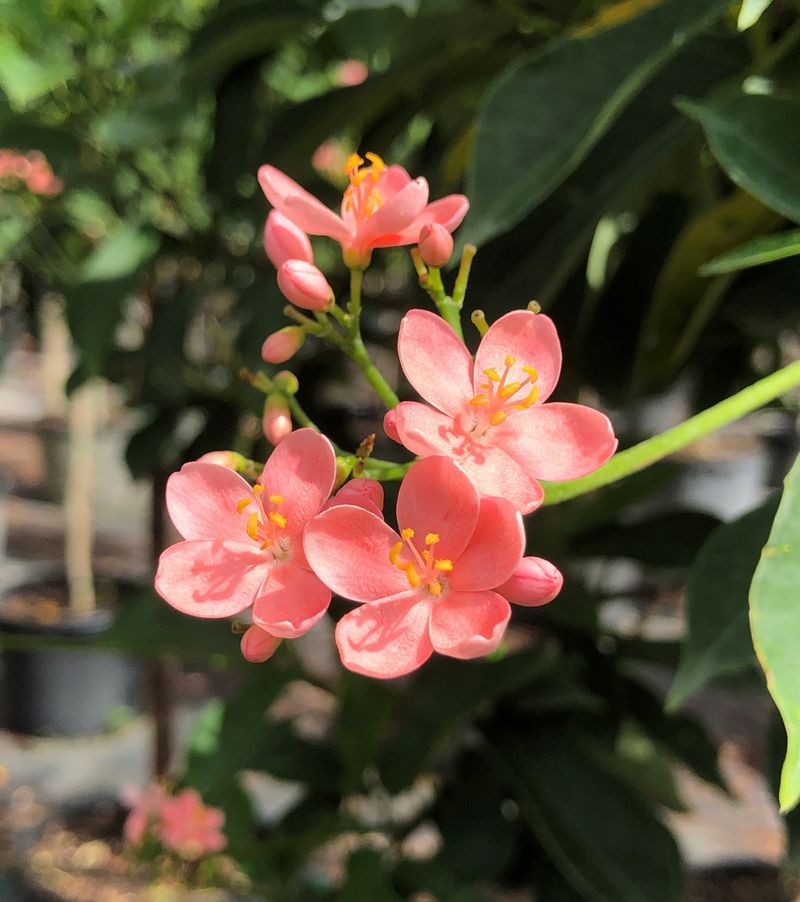Fall gardening in Florida offers a unique opportunity to create stunning displays of color and texture. Unlike northern states, our warm climate allows for a diverse range of plants that thrive in autumn’s mild temperatures.
With the right combinations, you can transform your garden into a vibrant outdoor space that celebrates Florida’s distinct fall season.
1. Firebush And Purple Fountain Grass
Firebush’s bright orange-red blooms create a stunning backdrop for the feathery plumes of Purple Fountain Grass. This pairing thrives in Florida’s lingering warmth while adding movement to your garden space.
The drought-tolerant nature of both plants means less maintenance during fall’s typically drier periods. As a bonus, the firebush attracts hummingbirds and butterflies, bringing additional life to your autumn landscape.
2. Mexican Sage And Goldenrod
Mexican Sage sends up striking purple spikes that beautifully contrast with Goldenrod’s sunny yellow blooms. When planted together, they create a show-stopping color combination that peaks perfectly during Florida’s fall months.
Both plants handle Florida’s occasional dry spells with ease. Goldenrod supports local pollinators while Mexican Sage’s aromatic foliage adds sensory appeal to your garden experience.
3. Muhly Grass And Blanket Flower
Pink Muhly Grass creates clouds of rosy plumes that seem to float above the landscape in fall. Pairing it with the rusty oranges and reds of Blanket Flower (Gaillardia) produces an enchanting sunset effect in your garden.
Morning light filtering through Muhly’s airy blooms creates a magical glow. Both plants stand up to Florida’s heat while offering months of visual interest with minimal care requirements.
4. Croton And Blue Daze
Croton’s multicolored foliage in fiery reds, oranges, and yellows makes the perfect companion for Blue Daze’s sky-colored flowers. The combination delivers tropical flair uniquely suited to Florida’s mild fall climate.
Blue Daze creates a spreading carpet that softens the bold upright form of croton shrubs. Morning dew on Blue Daze’s fuzzy leaves adds a sparkling dimension while croton’s variegated leaves intensify in color as temperatures cool slightly.
5. Copper Plant And Society Garlic
Copper Plant’s metallic bronze-red foliage creates dramatic contrast against Society Garlic’s soft lavender blooms. Fall’s gentle sunlight makes copper leaves glow while the garlic’s star-shaped flowers dance above slender foliage.
Society Garlic produces waves of blooms through Florida’s extended growing season. Despite its ornamental beauty, this pairing offers practical benefits – both plants repel pests naturally and require minimal watering once established.
6. Coral Honeysuckle And Beautyberry
Native Coral Honeysuckle vines produce tubular red blooms that complement the striking purple berries of American Beautyberry bushes. Together they create a Florida-friendly habitat that supports local wildlife while providing exceptional fall interest.
Beautyberry’s vivid purple clusters appear just as honeysuckle reaches peak bloom. Birds flock to this combination – hummingbirds sip honeysuckle nectar while songbirds feast on the berries, bringing your garden to life.
7. Pentas And Sweet Almond Bush
Star-shaped Pentas flowers in vibrant reds and pinks bloom continuously beneath the vanilla-scented white flowers of Sweet Almond Bush. This fragrant duo performs beautifully during Florida’s extended growing season.
Butterflies swarm to pentas while the sweet almond’s fragrance perfumes your garden. The height difference between these plants creates visual interest – sweet almond’s airy form makes an ideal backdrop for pentas’ more compact growth.
8. Milkweed And Lantana
Orange milkweed flowers attract monarch butterflies while lantana’s multicolored blooms bring in a variety of other pollinators. Fall migration makes this pairing especially valuable to Florida’s butterfly populations.
Lantana’s heat tolerance ensures continued flowering through autumn’s warmth. The contrasting flower shapes – milkweed’s clusters versus lantana’s flatter bloom heads – create visual rhythm in your garden while supporting crucial pollinator habitat.
9. Firespike And Variegated Ginger
Firespike’s tall red flower spikes create dramatic vertical interest against the bold striped foliage of variegated ginger. This tropical combination thrives in Florida’s partial shade spots while adding architectural interest to the fall garden.
Hummingbirds dart between firespike’s tubular blooms throughout autumn. The ginger’s variegated leaves brighten shady areas, while its growth habit fills in around firespike’s more upright form, creating a lush, layered look.
10. Jatropha And Blue Porterweed
Jatropha’s clusters of star-shaped red flowers float above Blue Porterweed’s spikes of tiny purple-blue blooms. This heat-loving combination provides reliable fall color even during Florida’s warmest autumn days.
Both plants attract butterflies while requiring minimal maintenance. Jatropha’s open, airy form contrasts beautifully with porterweed’s more compact growth habit, creating a balanced composition that works in both formal and casual garden settings.

